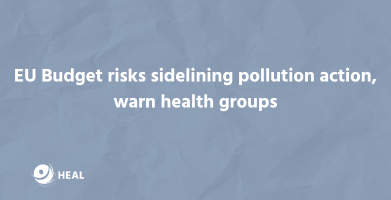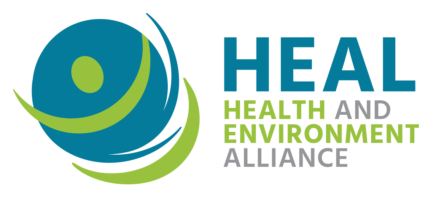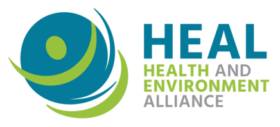In 2025, HEAL welcomed several new organisations into its international network of over 70 members committed to advancing health through environmental action. These new members bring valuable expertise in public health, environmental justice, and sustainable policy, further strengthening the capacity of the alliance to help face the challenges from biodiversity loss, pollution and climate change. Learn more about their missions and work below.
Joint letter by C40, Clean Cities Campaign, European Cyclists’ Federation, Transport & Environment and HEAL, calling to
Fully align EU limit values for pollutants with the global air quality guidelines of the World Health Organization and require compliance by 2030 at the latest.
The EU’s current limit values for air pollution are out of touch with the science-based WHO guidelines. The EU annual limit value for particulate matter (PM2.5), for example, is five times higher than the WHO guideline (25 vs. 5 micrograms per m3), and the nitrogen dioxide (NO2) limit four times higher (40 vs. 10 micrograms per m3). The European Commission’s ‘Zero Pollution Action Plan’ only refers to aligning EU limits ‘more closely’ with the WHO guidelines, which would result in tolerating dangerous levels of air pollution. Cities and citizens need clear, understandable and fully science-based limit values to take effective action and communicate necessary changes.
Step up requirements for reliable, consistent air quality monitoring
The EU is a global leader in air quality monitoring with more than 4,000 monitoring stations in operation, but shortcomings remain according to the European Commission’s fitness check of the Ambient Air Quality Directive. These hamper the reliability, consistency and usefulness of official monitoring data, for example when the number and siting of monitoring stations are not consistent across cities. The revised Ambient Air Quality Directive should therefore specify more clearly the minimum requirements for monitoring stations. This means setting separate requirements for the number of PM2.5 and PM10 monitors and agglomeration-specific instead of nation-wide minimum numbers of monitoring stations, as well as providing more detailed definitions of macro and micro siting requirements (e.g. for “traffic”, “industrial” and “background” stations).
Read the full letter here
Related Posts

HEAL’s First International Conference: Preventing Diseases by Reducing Exposure to Harmful Chemicals
On 10 June 2025, HEAL held an international conference dedicated to the impact of chemicals on health in Warsaw. The event brought together over 350 participants from various sectors – science, medicine, public administration, and non-governmental organiszations.

Following the proposal of the European Commission for the post-2027 EU long-term budget (Multiannual Financial Framework 2028–2034), the Health and Environment Alliance (HEAL) expresses serious concern over the insufficient action taken to address pollution and its related health impacts, including the phase-out of all fossil fuels subsidies.

